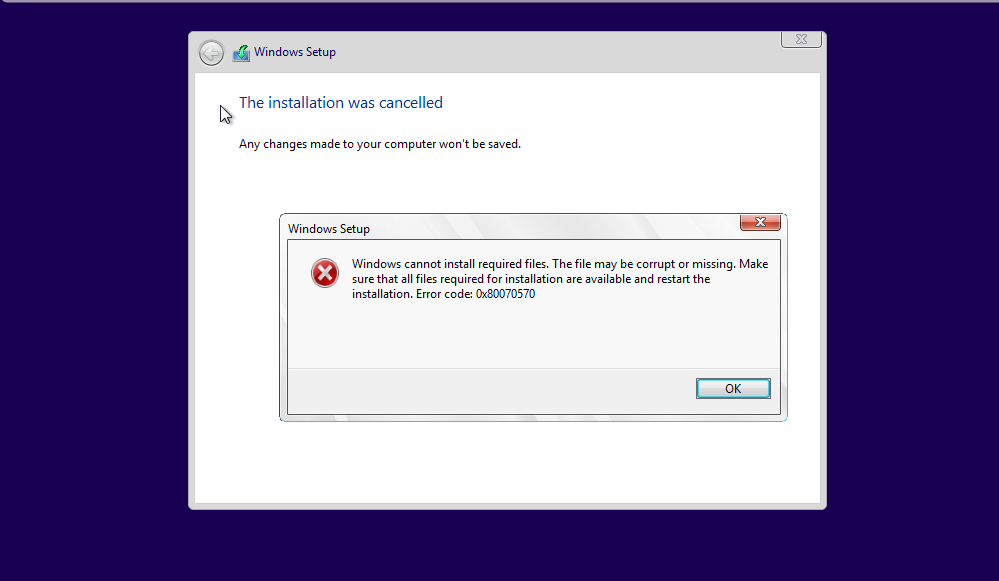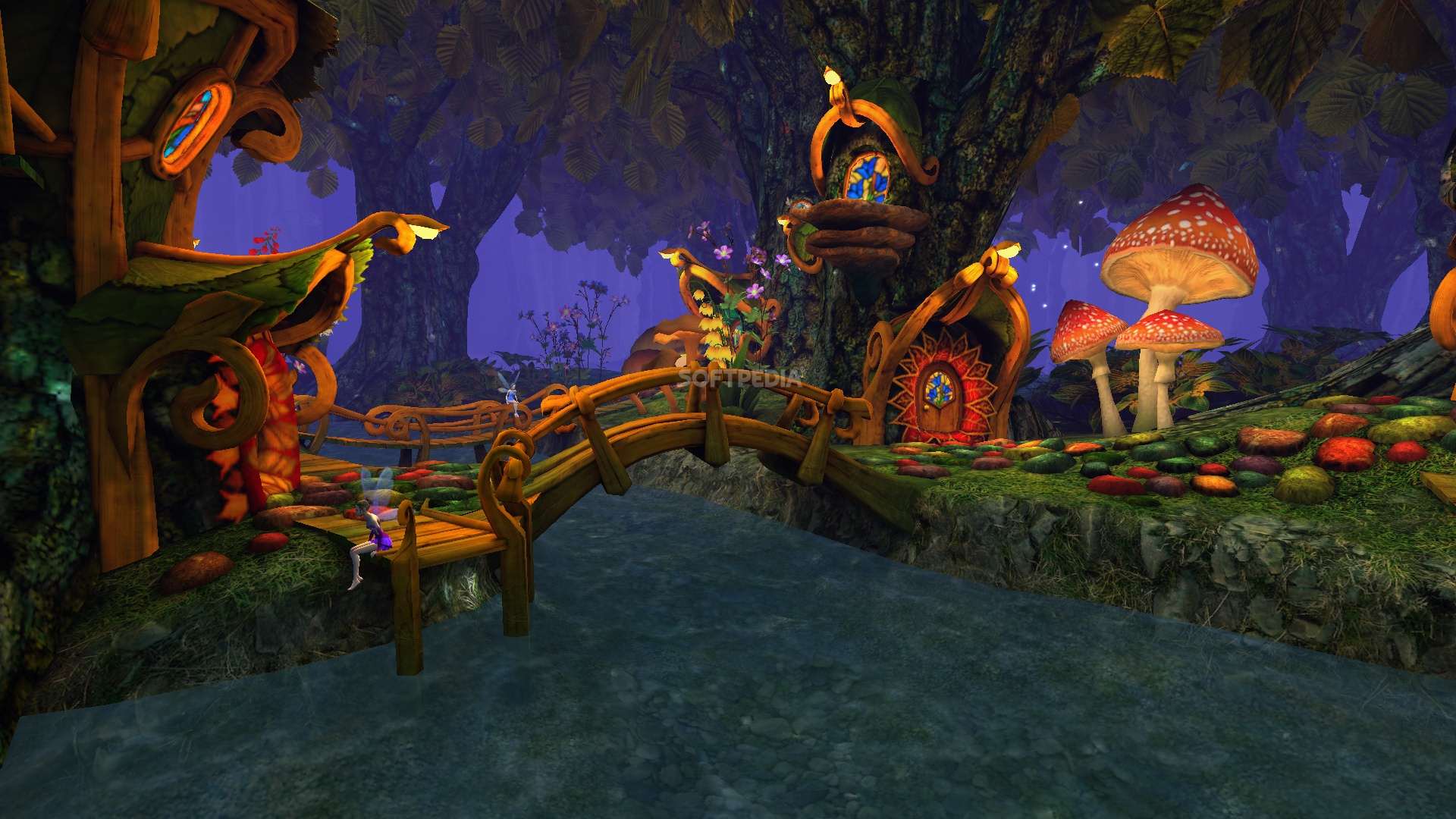A lightweight and streamlined installer for VirtualBox Windows Guest Additions, designed for the Open Source Edition of Oracle's product.
DOWNLOAD VirtualBox Guest Additions for Windows OSE 3.2.12-0 for Windows. Windows 10 32/64 bit Windows Server 2012 Windows 2008 R2 Windows 2008 32/64 bit Windows 2003. Portable-VirtualBox is a free and open source software tool that lets you run any operating system from a usb stick without separate installation. Installation instructions Download and run Portable-VirtualBoxv5.1.22-Starterv6.4.10-Winall.exe. Choose a folder to extract to. Download & install the latest offline installer version of Oracle VM VirtualBox for Windows PC / laptop. It works with both 32-bit & 64-bit versions of Windows XP / Vista / Windows 7 / Windows 8 / Windows 10. Free & Safe Download for Windows PC/laptop – 108 MB. Safety (Virus) Test. Install WiX 311 Link. Install binaries version to C: Programs WiX. Install cygwin Link. Install x64 to C: Programs cygwin64. Add the packages make and yasm. Download and extract Qt 5.6.3 source Link. Extract to C: Programs Qt. Rename folder extracted to 5.6.3-src. Create folder build-x32 and build-x64 next to it.
Officially supported operating systems include 32-bit and 64-bit versions of Windows 10, Windows Server 2012, Windows 2008 R2, Windows 2008, Windows 8, Windows 7, Windows Vista and Windows XP. What versions of Oracle VM VirtualBox are available? The current version of Oracle VM VirtualBox is 6.1.0 and is the latest version since we last checked.
VirtualBox Guest Additions for Windows OSE is a recompiled version of the Guest Additions component of VirtualBox OSE that doesn’t require users to generate a new Windows virtual environment in order to successfully create a Guest Additions build.
VirtualBox is an industry-leading virtualization software designed for both home and enterprise use that makes it possible to run another OS within your current one, without tampering with the settings of the latter.
Moreover, by using the Guest Additions, you can create an interaction between the host and the guest virtual machine with benefits such as mouse pointer integration, shared folders and clipboard, enhanced video support, time sync and automated logons.
Typically, the Guest Additions can be installed from within a virtual machine using the ISO image that comes bundled with it. However, a simpler and more streamlined method is to use a repackaged version of these tools, such as VirtualBox Guest Additions for Windows OSE.
The product was designed for VirtualBox Open Source Edition, a special version of the package that contains source code on top of the standard build. With the help of this program, efforts are minimized a whole lot on the end-user part, since it all comes down to a few clicks.

During deployment, the software will install a couple of essential Guest Addition components such as drivers for graphics, mouse and OpenGL, as well as guest system drivers. The procedure requires a restart in order for the installation to be complete.
On the other hand, Oracle announced that starting the forth version of VirtualBox, they will no longer be releasing the Open Source Edition, which is bad news for this little program and the users that rely on it.
Filed under
VirtualBox Guest Additions for Windows OSE was reviewed by Andreea MateiVirtualBox Guest Additions for Windows OSE 3.2.12-0
add to watchlistsend us an update- runs on:
- Windows 10 32/64 bit
Windows Server 2012
Windows 2008 R2
Windows 2008 32/64 bit
Windows 2003
Windows 8 32/64 bit
Windows 7 32/64 bit
Windows Vista 32/64 bit
Windows XP 32/64 bit - file size:
- 1.7 MB
- filename:
- VirtualBox_OSE_GuestAdditions-signed-3.2.12-0.exe
- main category:
- System
- developer:
- visit homepage
top alternatives FREE
top alternatives PAID
Install Home Assistant Operating System
Download the appropriate image
VirtualBox (.vdi)
KVM (.qcow2)
Vmware Workstation (.vmdk)
Hyper-V (.vhdx)
Follow this guide if you already are running a supported virtual machine hypervisor. If you are not familiar with virtual machines we recommend installation Home Assistant OS directly on a Raspberry Pi or an ODROID.
Create the Virtual Machine
Load the appliance image into your virtual machine hypervisor. (Note: You are free to assign as much resources as you wish to the VM, please assign enough based on your add-on needs)
Minimum recommended assignments:
- 2GB RAM
- 32GB Storage
- 2vCPU
All these can be extended if your usage calls for more resources.
Hypervisor specific configuration
- Create a new virtual machine
- Select “Other Linux (64Bit)
- Select “Use an existing virtual hard disk file”, select the VDI file from above
- Edit the “Settings” of the VM and go “System” then Motherboard and Enable EFI
- Then “Network” “Adapter 1” Bridged and your adapter.
- Create a new virtual machine in
virt-manager - Select “Import existing disk image”, provide the path to the QCOW2 image above
- Choose “Generic Default” for the operating system
- Check the box for “Customize configuration before install”
- Select your bridge under “Network Selection”
- Under customization select “Overview” -> “Firmware” -> “UEFI x86_64: …”.****
- Create a new virtual machine
- Select “Custom”, make it compatible with the default of Workstation and ESX
- Choose “I will install the operating system later”, select “Linux” -> “Other Linux 5.x or later kernel 64-bit”
- Select “Use Bridged Networking”
- Select “Use an existing virtual disk” and select the VMDK file above,
After creation of VM go to “Settings” and “Options” then “Advanced” and select “Firmware type” to “UEFI”.
- Create a new virtual machine
- Select “Generation 2”
- Select “Connection -> “Your Virtual Switch that is bridged”
- Select “Use an existing virtual hard disk” and select the VHDX file from above
After creation go to “Settings” -> “Security” and deselect “Enable Secure Boot”.

Start up your Virtual Machine
- Start the Virtual Machine
- Observe the boot process of Home Assistant Operating System
- Once completed you will be able to reach Home Assistant on homeassistant.local:8123. If you are running an older Windows version or have a stricter network configuration, you might need to access Home Assistant at homeassistant:8123 or
http://X.X.X.X:8123(replace X.X.X.X with your ’s IP address).
With the Home Assistant Operating System installed and accessible you can continue with onboarding.
Onboarding
Install Home Assistant Core
Install WSL
To install Home Assistant Core on Windows, you will need to use the Windows Subsystem for Linux (WSL). Follow the WSL installation instructions and install Ubuntu from the Windows Store.
As an alternative, Home Assistant OS can be installed in a Linux guest VM. Running Home Assistant Core directly on Windows is not supported.
PrerequisitesThis guide assumes that you already have an operating system setup and have installed Python 3.8 (including the package python3-dev) or newer.
Install dependencies
Before you start make sure your system is fully updated, all packages in this guide are installed with apt, if your OS does not have that, look for alternatives.
Install the dependencies:
Create an account
Add an account for Home Assistant Core called homeassistant.Since this account is only for running Home Assistant Core the extra arguments of -rm is added to create a system account and create a home directory.
Create the virtual environment
First we will create a directory for the installation of Home Assistant Core and change the owner to the homeassistant account.
Next up is to create and change to a virtual environment for Home Assistant Core. This will be done as the homeassistant account.
Virtualbox Download For Windows 10 32-bit
Once you have activated the virtual environment (notice the prompt change to (homeassistant) [email protected]:/srv/homeassistant $) you will need to run the following command to install a required Python package.
Once you have installed the required Python package it is now time to install Home Assistant Core!
Start Home Assistant Core for the first time. This will complete the installation for you, automatically creating the .homeassistant configuration directory in the /home/homeassistant directory, and installing any basic dependencies.
Free Virtual Box Windows 10
You can now reach your installation via the web interface on http://homeassistant.local:8123.
If this address doesn’t work you may also try http://localhost:8123 or http://X.X.X.X:8123 (replace X.X.X.X with your machines’ IP address).
Virtualbox Download For Windows 10 32-bit Download Full Version
When you run the hass command for the first time, it will download, install and cache the necessary libraries/dependencies. This procedure may take anywhere between 5 to 10 minutes. During that time, you may get “site cannot be reached” error when accessing the web interface. This will only happen for the first time, and subsequent restarts will be much faster.